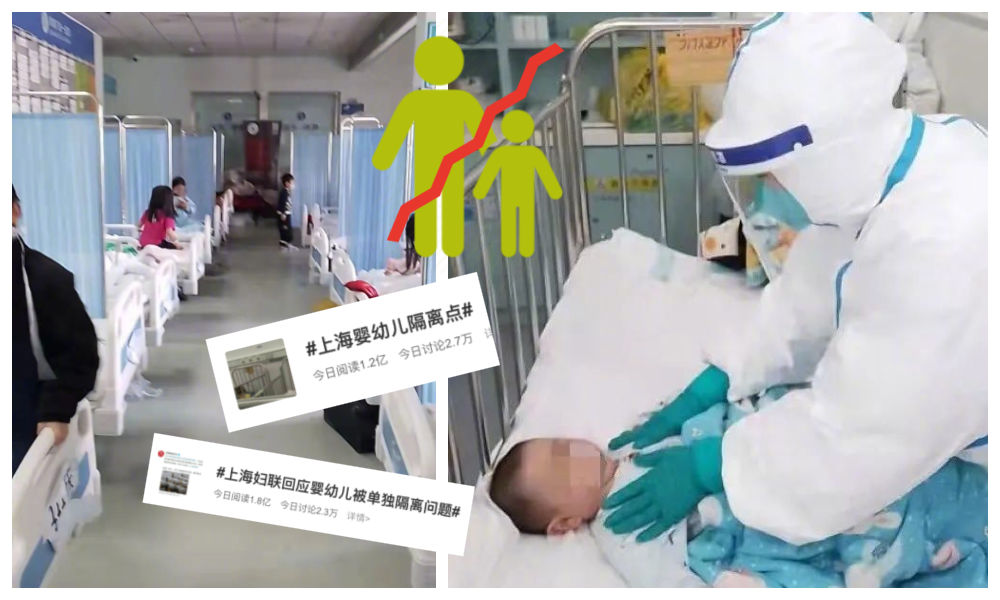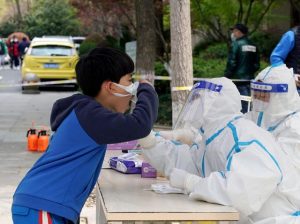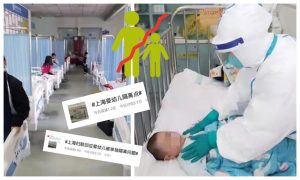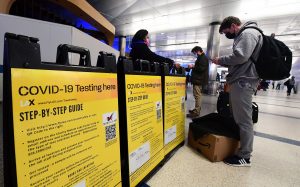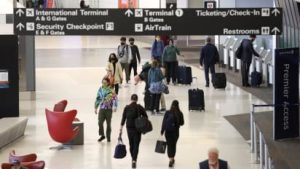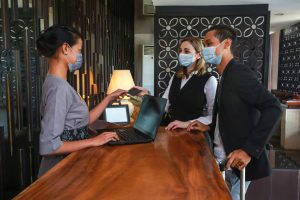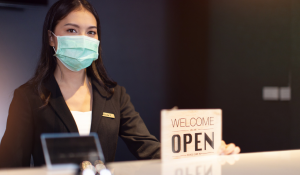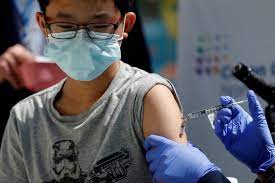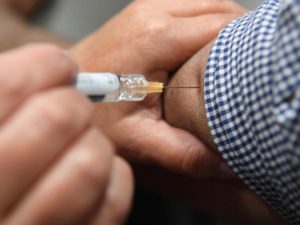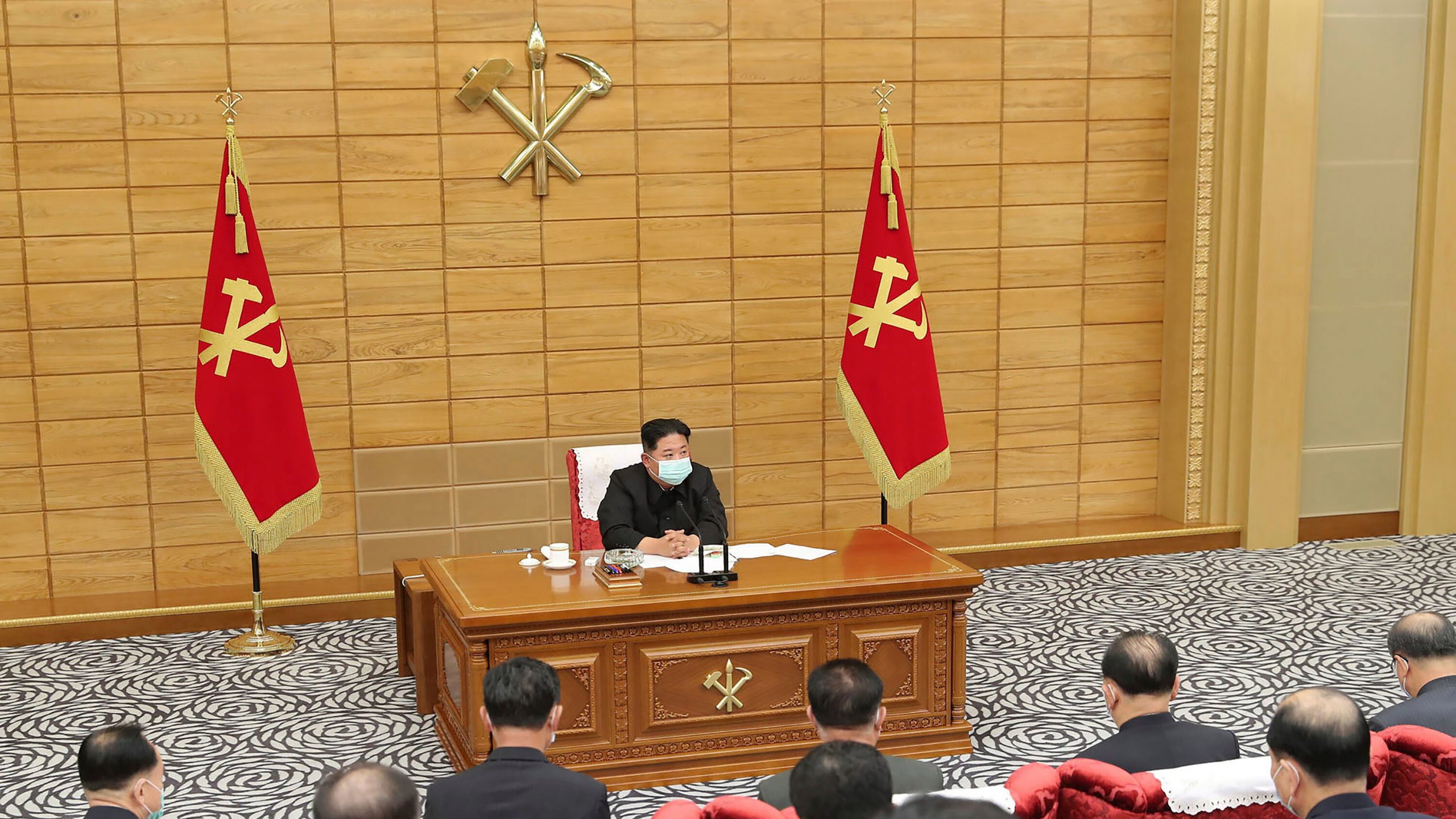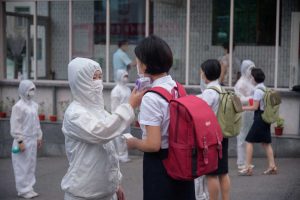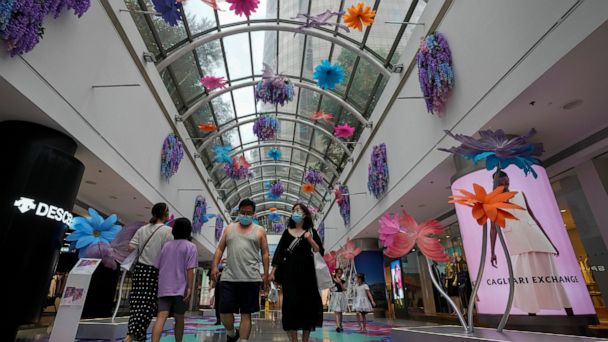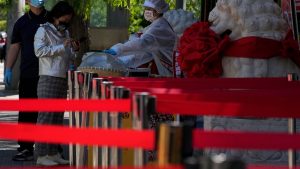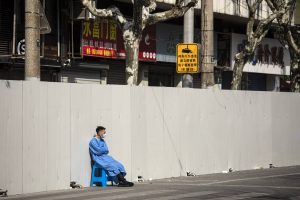Until only a month ago, the world’s most populous nation was considered a global laggard in administering and distributing COVID-19 doses. Perversely, China’s extraordinary success in containing the virus meant its citizens had little incentive to get a jab.
Over the past several weeks, however, China’s leaders have deployed a broad array of carrots and sticks to cajole the public into joining a nationwide drive for herd immunity.
On 24 May, China announced that it had administered 546 million COVID-19 vaccine doses, enough to inoculate 19.5% of its population. China has now administered nearly twice as many doses as the U.S., which ranks second globally with 289 million COVID-19 vaccine shots injected into American arms.
In per capita terms, China’s vaccine drive still trails places like the U.S. and the European Union, which have given out enough doses to cover 45.1% and 25.8% of their citizens, respectively.But at its current rate, China will soon close that gap too.
China is now administering over 15 million shots per day to its citizens, a three-fold increase from one month ago.
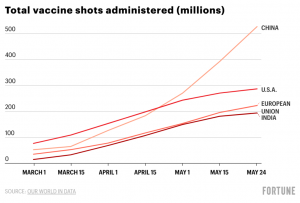
/ Source: our world in data, Foutune Media
The jabs China distributes account for half of the world’s daily total. By comparison the EU, India, and U.S. are administering, 3.2 million, 2.2 million, and 1.7 million vaccine shots per day, respectively.
China will vaccinate 70% of its population—the threshold thought to constitute ‘herd immunity’—in 90 days at its current pace. If the U.S. continues on its current trajectory, it will reach that point in 102 days.
China’s rapidly accelerating vaccine campaign underscores the advantage of Beijing’s authoritarian regime and its disregard for the belief systems—personal liberty, religious freedom—that are stoking vaccine hesitancy in the U.S.
Even though vaccinations remain voluntary, Beijing can pull powerful levers, like requiring vaccinations at state-owned enterprises and leaning on Communist Party members to take the jab, to spur uptake.
If sustained or even intensified, the tactics could result in China’s vaccination rate far outpacing the U.S.’s.
Production
One of China’s main hurdles entering 2021 was scaling up its domestic COVID-19 vaccine production capacity to inoculate 1.4 billion citizens, the world’s largest population.
And early on, there were signs of trouble.
But since then, Chinese vaccine makers Sinovac and Sinopharm have announced the opening of new manufacturing facilities in China and abroad, potentially easing some of the supply squeeze.
Ernan Cui, a China consumer analyst at Gavekal Dragonomics, said in a note to Fortune that China’s main vaccine supply chain bottleneck was—and remains—glass vials for COVID-19 vaccines. China hasn’t been able to make more glass vials; instead, it’s learned to do more with less, she says. In recent weeks, China has started extracting two doses per vaccine vial instead of one and has repurposed vials used for other vaccines for COVID jabs, Cui says.
Feng Duo Jia, chairman of the China Association for Vaccines, says that China now has the capacity to produce 3 billion to 4 billion doses in 2021, according to the People’s Daily, a mouthpiece for the Chinese Communist Party.

Incentives
Even with COVID largely contained, China continues to implement some of the world’s harshest lockdown measures to combat the spread of COVID-19 when local outbreaks pop up.
Turns out, such measures, along with a renewed fear of catching the virus, are strong incentives for getting vaccinated.
In mid-May, a small outbreaks in eastern provinces Anhui and Liaoning prompted authorities to institute local lockdowns, bar people and vehicles from leaving their local areas, close schools, and force residents en masse to get tested for COVID-19.
Days later, Anhui reported that a record 1.1 million people had signed up for vaccines with residents waiting in long lines outside vaccine centers to get injected.
Leveraging the power of China’s central government has also helped.
China’s government has thus far avoided mandatory vaccination policies, but has called on the tens of millions of people who work in state-run enterprises, as well as its 90 million Chinese Communist Party members, to serve as role models in its vaccine drive.
Authorities in Shanghai say they are sending vaccination teams to white-collar offices to encourage vaccinations, while cities like Shenzhen are sending mobile vaccination clinics into residential compounds. Elsewhere, Chinese social media users have reported that authorities are offering freebies like cartons of eggs, laundry detergent, bags of rice, and toilet paper to those who get vaccinated. The government of Sichuan province even produced a rap, Get Jabbed Quick, to encourage people to get the jabs.


The private sector is also feeling the pressure
Chinese media outlets report that in places like Beijing, local authorities are handing out certificates to businesses that have 80% of staff inoculated. The Chinese media outlet Xinhua Daily Telegraph also reported in March at least one instance in which authorities warned customers not to go into a business due to too few staff members being vaccinated.
In March, top Chinese health official Zhong Nanshan announced that China aimed to vaccinate 40% of its population—or 560 million people—by June. At the time, China had only administered enough doses for just under 2% of its population.
Now, if China continues to administer 15 million doses per day, it will inject 1.2 billion vaccine doses by July 7, theoretically enough doses to fully inoculate 560 million people.
Zhong’s lofty target now seems within reach, albeit a few days late.

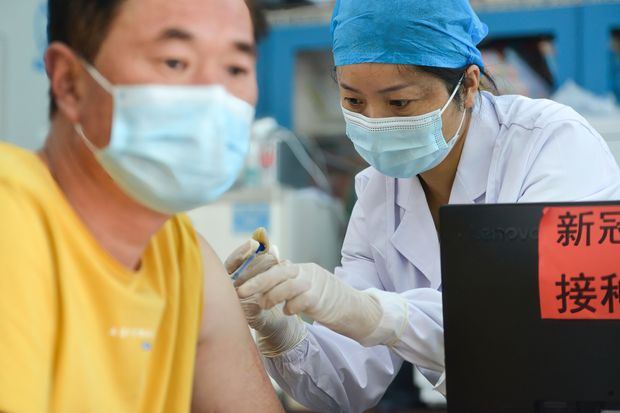

 COVID-19 Around the World4 years ago
COVID-19 Around the World4 years ago
 Cuisine Explorer5 years ago
Cuisine Explorer5 years ago
 Tagalog5 years ago
Tagalog5 years ago
 Uncategorized5 years ago
Uncategorized5 years ago
 Cantonese - Traditional Chinese5 years ago
Cantonese - Traditional Chinese5 years ago
 Uncategorized5 years ago
Uncategorized5 years ago
 Uncategorized5 years ago
Uncategorized5 years ago






